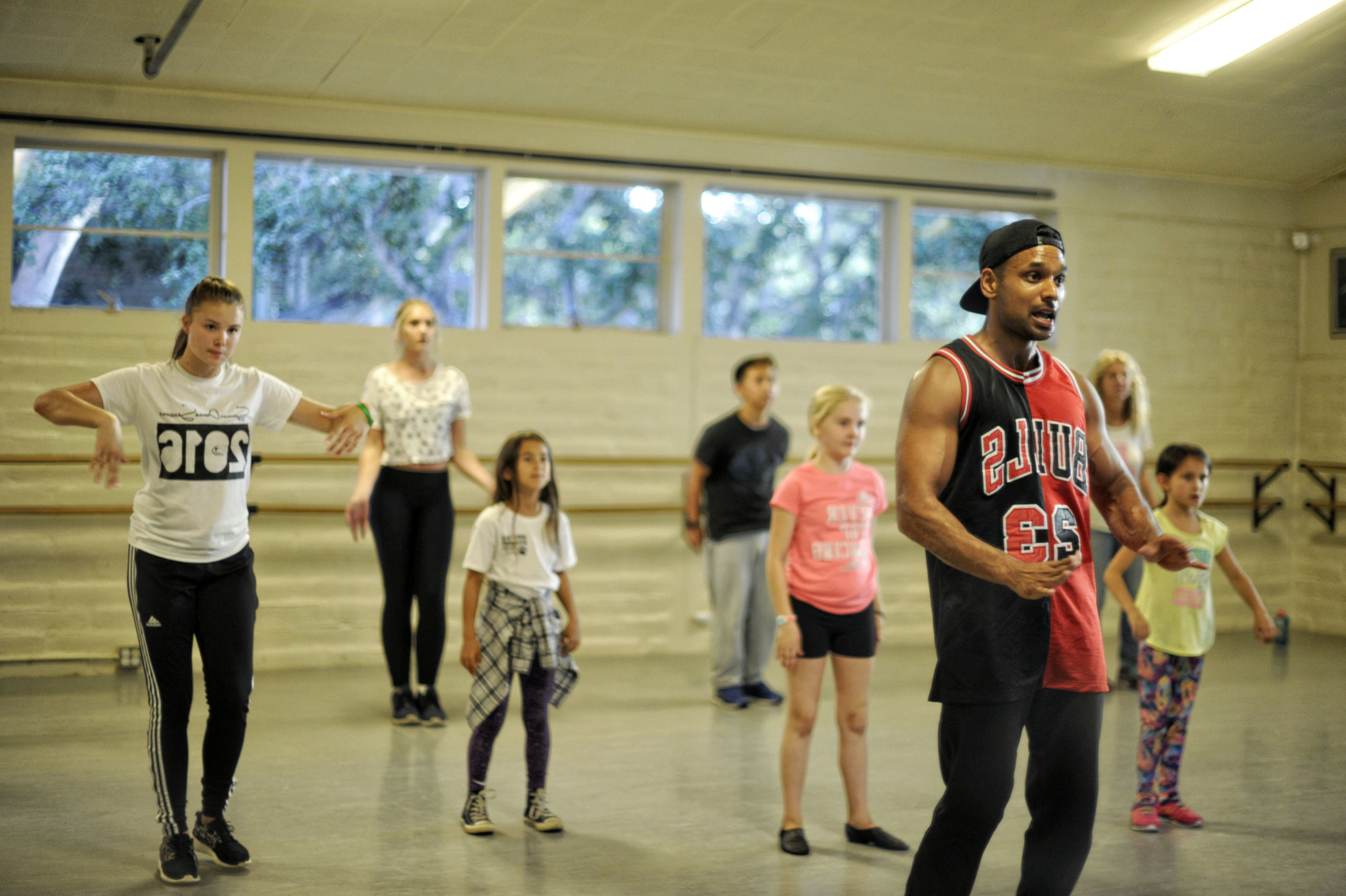
For every Misty Copeland (who famously began ballet at age 13), there are hundreds of thousands of dancers who started training as toddlers or in early childhood.
But those few who start late and go on to teach often do so with a unique perspective—as four successful educators who were late bloomers recently shared with Dance Teacher.
Todd Rosenlieb, chair of the Dance Department at The Governor’s School for the Arts, founder and artistic director of TRDance, and master instructor at Pilates @ TRDance
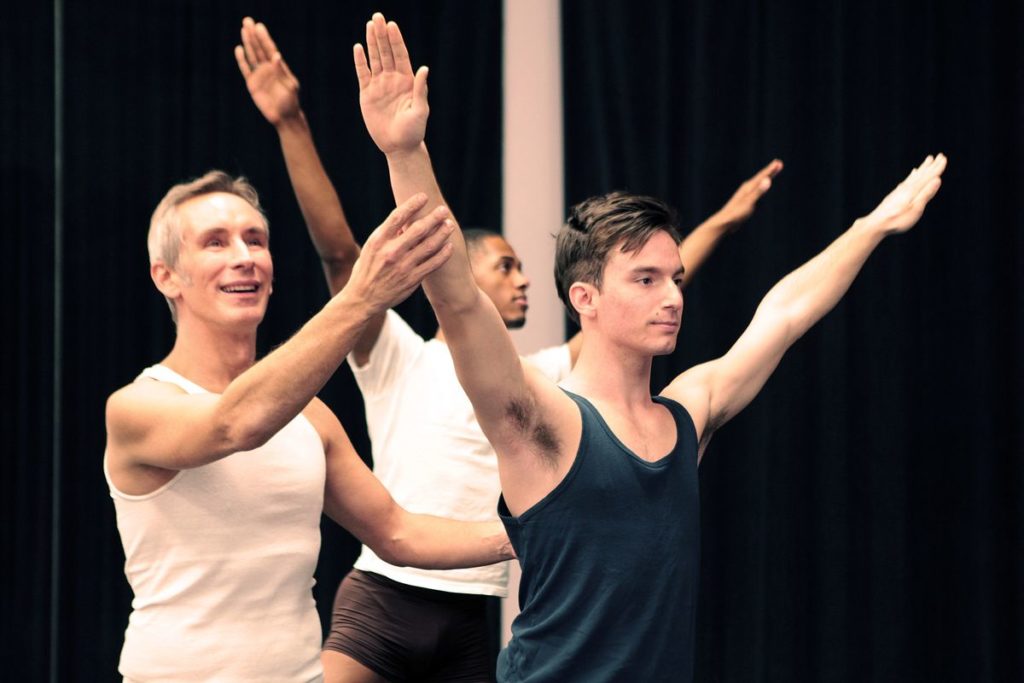 VICTOR FRAILING, COURTESY OF TODD ROSENLIEB
VICTOR FRAILING, COURTESY OF TODD ROSENLIEB I’d grown up doing gymnastics and musicals, but didn’t train in dance until I was at Bucknell University, double-majoring in English lit and economics. I somehow got put on the advisory board to choose a dance professor, and from there ended up in every class and rehearsal that fit my schedule. Next came an MFA at NYU, and then I joined the Erick Hawkins Dance Company a few years later.
Starting late led me to never say no to anything. Every opportunity that came across, I did it. Choreographing The Pirates of Penzance when I was brand-new to dance? I’ll do it. A residency at an arts high school several states away? I’m now the chair of dance there. Starting an adaptive-dance program? I know nothing about this, but why not?
As a late starter, I often needed to be physically placed in the correct positions—which probably explains why I’m such a hands-on teacher now. But language is just as important to my teaching practice. I remember staying up late at night in New York, studying dance terminology. Nowadays, something I really enjoy is finding the right phrasing or analogy to help each and every student grasp the concept. We need to encourage dancers who start late to find the joy and value of movement and music, no matter how far they take the journey.
Bill Waldinger, faculty member at the CAP21 Musical Theater Program at Molloy College, the Joffrey Ballet School, New York Film Academy, and New York Conservatory for Dramatic Arts
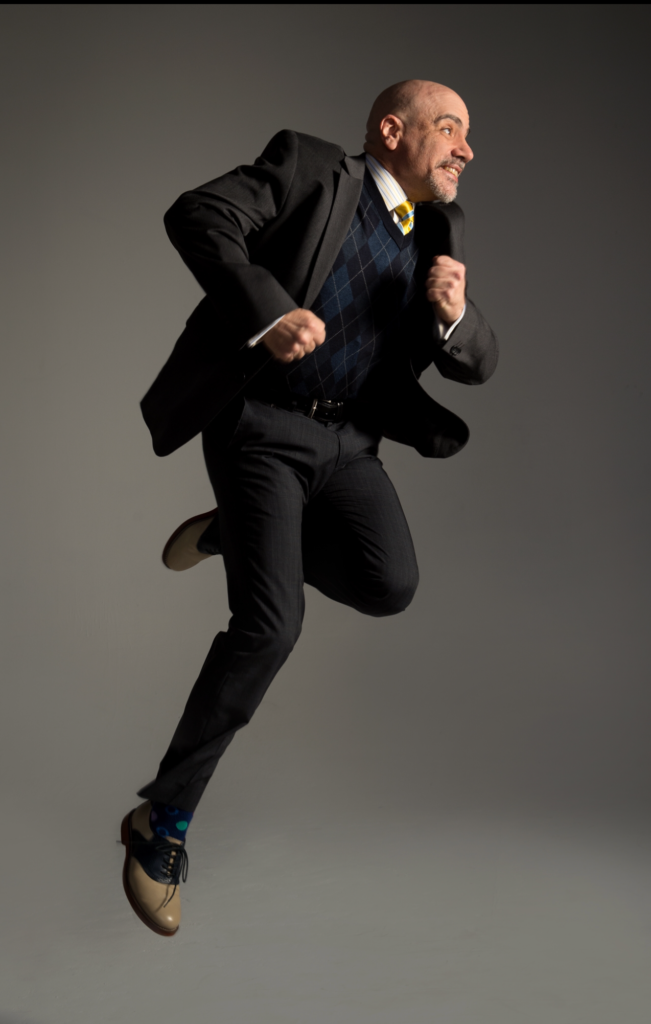 Courtesy Waldinger
Courtesy Waldinger I was interested in dance from the time I was a small child, but my family was not encouraging of a career in the arts. So I didn’t start until I finished my residency in orthodontics and was in a position where I could pay for training myself.
I was extremely lucky that my first teacher was Luigi himself. He was great with beginners, and the technique is very body-friendly. I got my first professional job within two years of training with him—and I attribute that to his genius. He nurtured artistry right from the very first lesson, and taught us to use the whole body as a unit that works together.
Early in my performing career, I was advised to never reveal that I’d started at age 26. And I do sometimes feel a lack of respect from colleagues. Interestingly, it’s always people who’ve never seen me teach! My teaching jobs tend to come from word of mouth and recommendations, not because I danced for a certain company or have a certificate from a conservatory.
What seems to be my “thing” as a teacher is aspiring musical-theater performers ages 18 to 20, who act and sing well but have little to no dance training. I understand that kid because I know what it feels like to be that kid. I understand what it’s like to struggle, to have no balance or flexibility. There’s a young man, a professional actor, who takes just about every class I teach when he’s in town. He came to me because the ballet teacher he was studying with was just too impatient—always yelling at him, and treating him with disdain when things were not perfect. I just don’t see how that’s going to get the job done!
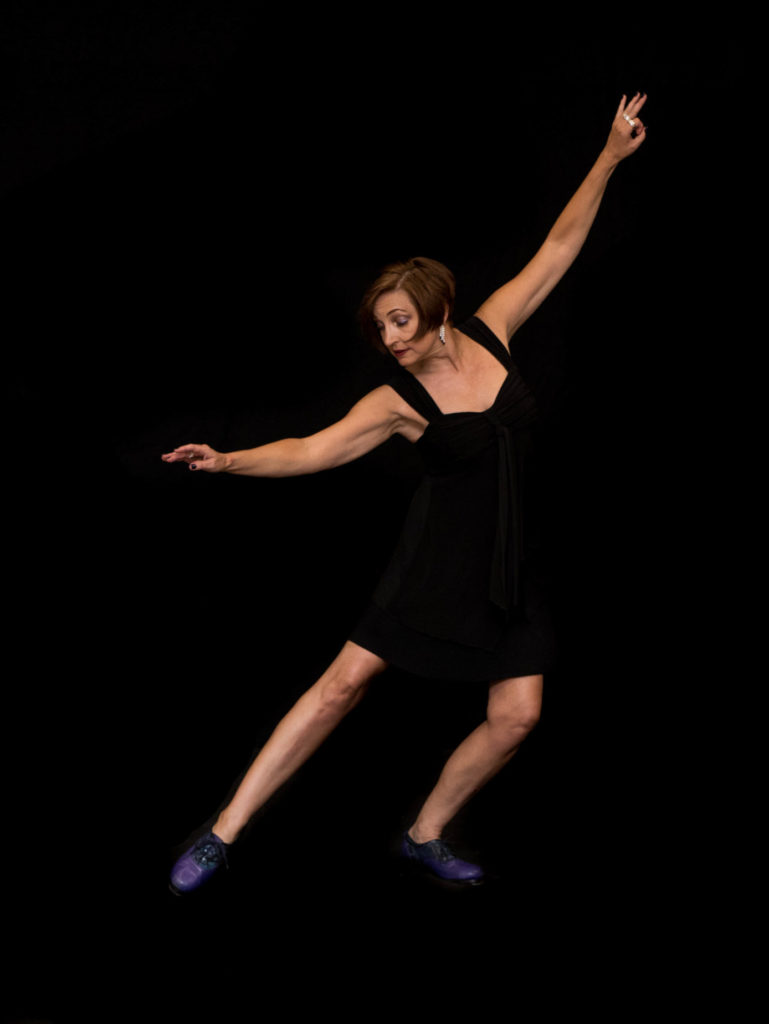 Courtesy Simmons
Courtesy Simmons Cheryl Simmons, freelance tap teacher
I’d trained in ballet and jazz, but not in tap until I was in college at Virginia Commonwealth University. Tap didn’t come easily to me, but I fell in love with it. I immersed myself, going up to New York to study with different teachers as often as I could. About a year later, I was teaching tap myself at local studios.
I now teach a lot of adult classes, and I think the reason I’ve done so well with them is because of challenges I had starting at an older age. I had to break down every little thing and put it back together before I could accomplish any new step, so that’s what I do now for my own students. I was helped by some natural rhythmic and musical ability, but “flash steps” (like wings and pullbacks) took years. So much of mastering tap is about patience, repetition and giving people room to figure things out.
I think it’s so silly when tap teachers get in little spats on Facebook about terminology! When I was just starting out, taking class from many different hoofers, I quickly realized that the name of a step could change based on region and who that teacher’s teacher was. I’m not sure I’d be this adaptable if I’d grown up tapping at one studio with one teacher.
Pavan Thimmaiah, founder and director of PMT House of Dance
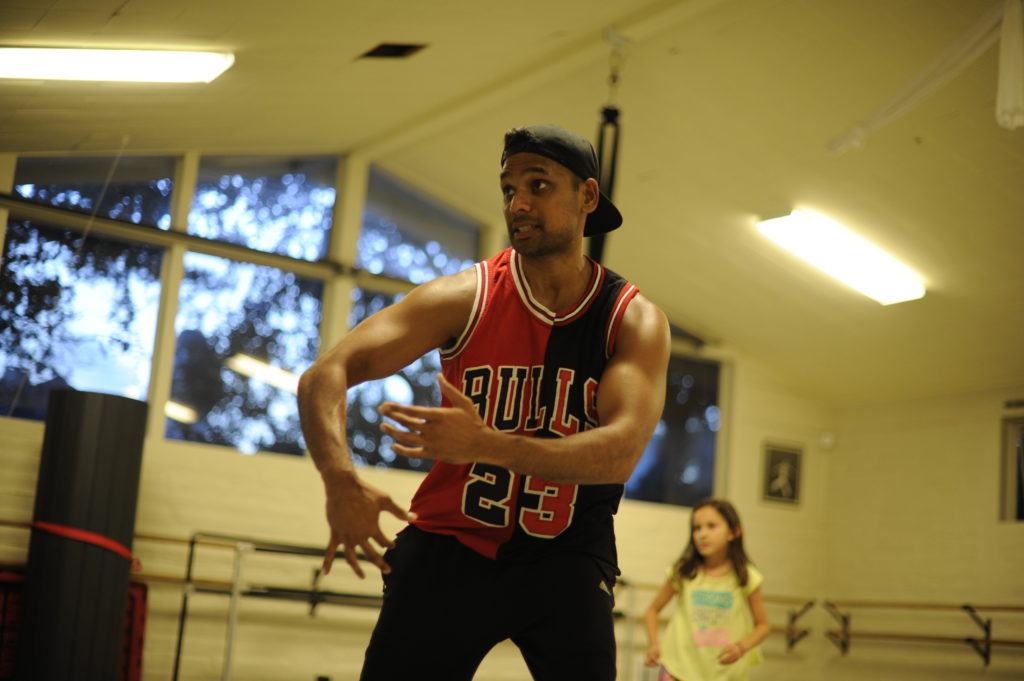 Courtesy Thimmaiah
Courtesy Thimmaiah To put it bluntly, it was hard to be a skinny, brown kid growing up on Staten Island. When I discovered breaking late in high school, it became both a way for me to fit in and an escape from the challenges of adolescence. I’d dance at parties or for hours in my room, but never as more than a hobby. I was actually planning to go to medical school when I thought, “Let me just try this dance thing.” I never looked back.
My educational background is in psychology. My upbringing was in a family of Indian immigrants. I’d only rarely taken class when I started dancing and teaching professionally. All that is to say that I’ve always had an outsider’s perspective on dance, and a longer-term career mindset than many dancers have. From the beginning, I saw my studio as a brand to build and a legacy to create. Owning my own space gave me the ability to not apologize for my untraditional background.
There’s so much sexism, ageism and institutionalism in dance. I might’ve had a harder time achieving this level of success and credibility in another style, because in hip hop what matters most is authenticity and skill. If you’re not respecting the culture of hip hop, people will call you out. I have a student who came into breaking in her late 40s. She gets respect wherever she dances because she puts in the effort, and breakers respond to that.



